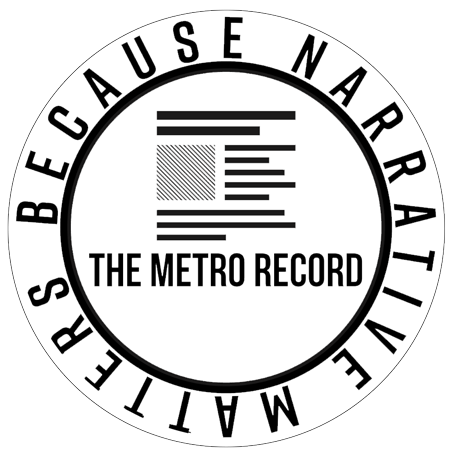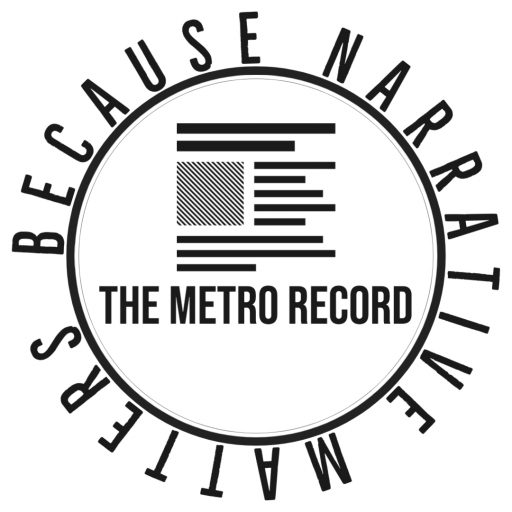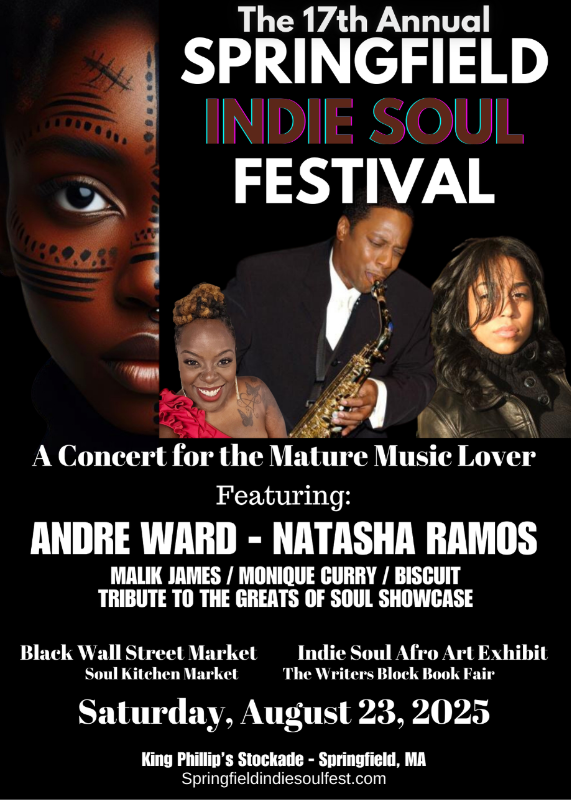According to the Mental Health America website mhanational.org. mental health conditions occur in Black and African American (B/AA) people in America at about the same or less frequency than in White Americans. The site explains how historically, Black and African American experiences in America has and continues to be characterized by trauma and violence more often than for their White counterparts. This impacts the emotional and mental health of Black families.
In Springfield, the African Diaspora Mental Health Association (ADMHA) is an outpatient mental health clinic registered and licensed in Massachusetts. ADMHA was founded in September of 2012 by Garry Porter and David Lewis to provide mental health and healthcare services to ALL PEOPLE in Greater Springfield and surrounding areas.
How did ADMA Come About:
Porter says that the idea behind the African diaspora Mental Health Association came out of the lack of mental health and substance use services for people of color within our community. Porter goes on to explain the need for ADMA: “I want to be clear when I say People of Color, I am referring to Blacks and Latinos. Our goal is clearly to bring services to people of color from an African-centered worldview and to move away from what we know isn’t working, which is an euro-centric worldview.
Has the Community Embraced the ADMHA?
The community, meaning those that need the services, has embraced it dearly, I can say that because they are actively seeking the services, and that helped us to grow the African diaspora Mental Health Association. Currently, the agency has 20 plus employees. We are pleased with the community response, Porter says, however, I must be honest, and I have to say that the elected officials and senior community leaders haven’t been that forthcoming.
They know that this is a huge need in our community, but they have not sat down with us to this day to say, look, let’s work together so we can help grow this business and help to provide services for our people. We’re going to work with you to get the funding needed to help sustain organizations like ADMA. For instance, in the state government so we can sustain these organizations. And I say that now because you know? When I look. Around with the other agencies, and that’s what the other agencies are doing. Their leadership is coming in and they are supporting. Organizations to get this work done.
—-
It was important for the African Diaspora to deliver services within our community, so you know we looked around and we found this ideal location and opened at this location here at 605 State Street so we would be in the heart of the community, allowing full access to our community.
We quickly realized that we needed to secure this location so we could remain accessible. So, what other people don’t know is that we bought the entire building. Currently, we have tenants like H&R Block who’s been in that location since 1997, as well as the National Guard. But more than that, being secure in this location meant that we could secure the services we provide.
We are in the process of developing 5000 square feet in the rear of the building because we now have our substance use license and I think our community is going to be excited about that.
And if I could just say when we say we’re coming at this from an African-centered point of view, we do everything in our community and an African community and the village so you know, one of the ideas is that we’re going to work until we get done is imagine bringing substance use medical assistant treatment right to somebody’s heart, because they’re not physically or mentally strong enough to navigate a community where unfortunately there may be somewhere those (ie.,) drugs where they have to navigate an entire community, get downtown, and pass the very substance that is stopping them from moving. Imagine, as a provider. We can bring that to their home. It’s never been done and looking at it from our Point of view and African center point of view, we’re going to push to get that done.
————-
Porter says this is important information because it’s important to understand that mental health is at the cornerstone of what damages our community. All the issues that our community must deal with in the community in workplace, in the court houses, and just about every aspect of our life we must deal with mental health challenges.
He says these are the challenges that the system is causing. So, if the system is not capable of delivering that service to us, this facility becomes ultra-important because we’re capable, we’re trusted, and we understand what our people go through. So, if this doesn’t exist, or agencies like this don’t exist, there’s little chance for our young men, young women, and their families getting the help they need to put them in a better place where they’ll have self-efficacy where they could move forward and build a productive life.
Is there anything similar in existence compared to what you’re doing?
What I can tell you certainly is that, in the Western mass region, none that I’m aware of. What I can say is if they do exist, I don’t know that their approach is the same as ours. Porter goes on to say, you can have people of color providing this service, but if they’re providing it from a Eurocentric point of view, they’re doing nothing different than our counterparts that are in this field. So really, we’re effectively just hurting our community because we don’t understand, that we come from a Eurocentric point of view.
Here, let me give you a case in point. A lot of the clients that come to us that’s been in services, but sometimes a couple of decades they finally walked through our doors and that’s the first time they tell their real narrative. They’ve been seeing these providers for so long and never began to get to the root of what is harming them and that is because of the concept of racial match or concordance. The concept of the racial match is obvious. Meaning the person before you is the same color. All racial concordance has said is you don’t have to be the same color, but at least you understand the plight and history of the person standing in front of you/787. You know what’s going on and that has not been something that’s happened in this community in a long time.
(Racial concordance refers to having a shared identity between a physician and a patient regarding their race whereas racial discordance refers to patients and physicians having different racial identities.)
Staffing:
So right now, we’re currently at about 20 plus clinicians. We’ve got a mixed array of men and women of color, when I say color, we’re talking Latino and black. The unique piece is we also have Clinicians who speak a few African dialects as well as clinicians who speak Haitian, Creole, or French, and of course, we have clinicians who speak Spanish for our Latino population. It’s a very diverse staff and it just looks like the community that we serve.
There are nuances, we can look after all communities. For instance, I was born and raised in London, but my parents are Jamaican. Most of my culture comes right out of the West Indies. However, I present myself as an African because ultimately that’s who I am. But it’s important because I can tell you the Western Indian community who reaches out, we’ve got lots of clients coming in seeking services because they know they can come here and be understood.
I think it’s important when I say that in therapy from an Afrocentric point of view, I think two things are mentioned, one is that it’s not unusual for our therapist to tell our clients that we love them. That’s something you will not get in a Eurocentric setting because they will look at that as having poor boundaries, right? But that is not ours. It’s not unusual to give a male or a female a hug and it is not perverted because again that is our culture. We’re not concerned about those boundaries. It is what they need and the last piece I would say which is.
Equally important are the people that created this type of school is the American Psychological Association. They’re responsible for the psychological diagnosis and testing with testing schools. Et cetera, et cetera. They’re 140 years old. About nine months ago, October 29th, 2021, they came out and made what they call an AP apology. Essentially what they said was the 140. Years that they’ve been in existence, they had done nothing but keep people of color in a place of systematic racism, and this is the place that most of our practice and methodologies come from.
Demographics/Societal Issues courtesy of www.mhanational.org
13.4 percent of the U.S. population, or nearly 46 million people, identify themselves as Black or African American, and another 2.7 percent identified as multiracial.
According to the most recent Census data available, 55 percent of all Black and African American people lived in the South, 18 percent lived in the Midwest, 17 percent in the Northeast, and 10 percent in the West.
The Black immigrant population in the U.S. increased from 816,000 in 1980 to over 4.2 million by 2016. Thirty-nine percent were from Africa and nearly half were from the Caribbean.
Overall, 24 percent of Black and African American people have a bachelor’s degree or higher as of 2017.
More than 1 in 5 Black and African American people in the U.S. lived in poverty as of 2018.
Women are the heads of households in roughly 30 percent of Black and African American homes, compared to 9 percent of white homes.
Historical adversity, which includes slavery, sharecropping, and race-based exclusion from health, educational, social, and economic resources, translates into socioeconomic disparities experienced by Black and African American people today. Socioeconomic status, in turn, is linked to mental health: people who are impoverished, homeless, incarcerated, or have substance use problems are at higher risk for poor mental health.
Despite progress made over the years, racism continues to have an impact on the mental health of Black and African American people. Negative stereotypes and attitudes of rejection have decreased, but continue to occur with measurable, adverse consequences. Historical and contemporary instances of negative treatment have led to a mistrust of authorities, many of whom are not seen as having the best interests of Black and African Americans in mind.
Prevalence
(courtesy of www.mhanational.org)
Black and African American people living below poverty are twice as likely to report serious psychological distress as those living over 2x the poverty level.
Adult Blacks and African Americans are more likely to have feelings of sadness, hopelessness, and worthlessness than adult whites.
Blacks and African Americans are less likely than white people to die from suicide at all ages. However, Black and African American teenagers are more likely to attempt suicide than White teenagers (9.8 percent v. 6.1 percent).
According to SAMHSA’s 2018 National Survey on Drug Use and Health:
Sixteen percent (4.8 million) of Black and African American people reported having a mental illness, and 22.4 percent of those (1.1 million people) reported a serious mental illness over the past year.
Serious mental illness (SMI) rose among all ages of Black and African American people between 2008 and 2018.
Despite rates being less than the overall U.S. population, major depressive episodes increased from 9 percent-10.3 percent in Black and African American youth ages 12-17, 6.1 percent to 9.4 percent in young adults 18-25, and 5.7 percent to 6.3 percent in the 26-49 age range between 2015 and 2018.
Suicidal thoughts, plans, and attempts are also rising among Black and African American young adults. While still lower than the overall U.S. population aged 18-25, 9.5 percent (439,000) of Black and African American 18-25-year-olds had serious thoughts of suicide in 2018, compared to 6 percent (277,000) in 2008. 3.6 percent (166,000) made a plan in 2018, compared to 2.1 percent (96,000) in 2008, and 2.4 percent (111,000) made an attempt in 2018, compared to 1.5 percent (70,000) in 2008.
Binge drinking, smoking (cigarettes and marijuana), illicit drug use, and prescription pain reliever misuse are more frequent among Black and African American adults with mental illnesses.





